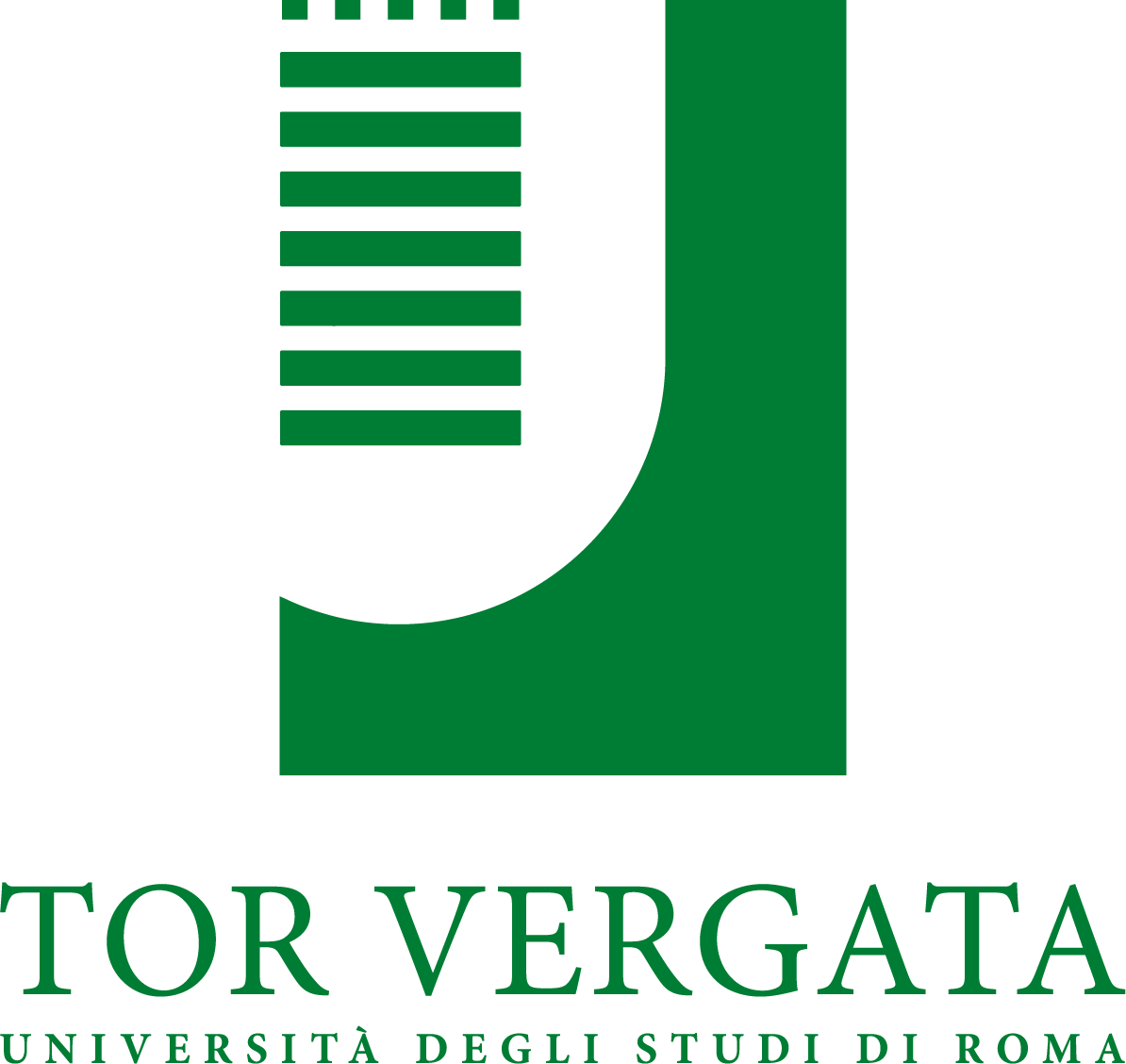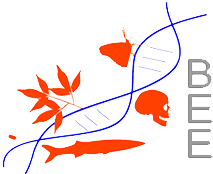the new york times, JUSTIN GILLIS – SEPT. 22, 2014
Researchers are trying to mimic the growing conditions expected to arise decades in the future as the air fills with heat-trapping gases and other pollutants from human activity, with some worrisome results.

[...] The work has been going on in some form for nearly a decade, and the answers so far have been worrisome. Earlier this year, for instance, researchers at Harvard and elsewhere pooled data from the Illinois project with findings from scientists in three other countries. In a high-profile paper (http://www.nature.com/nature/journal/v510/n7503/abs/nature13179.html ), the experts reported that crops grown in environments designed to mimic future conditions have serious deficiencies of certain nutrients, compared with crops of today.
The Illinois researchers are trying to move past just documenting the potential trouble, though. The bigger question is: What can be done to make crops more resilient? [...] “We know it’s not a perfect simulation of the future, but we believe it’s letting us get a jump start on creating solutions,” said Andrew D.B. Leakey, one of the University of Illinois scientists leading the work. [...]
Led by Dr. Leakey and Elizabeth A. Ainsworth, a scientist with the United States Agriculture Department, the researchers have created an unusual blend of climate science, agriculture and modern genetics to study possible routes to a more resilient food supply. [...] http://www.nytimes.com/2014/09/23/science/testing-future-conditions-for-the-food-chain.html?ref=science





Università di Tor Vergata